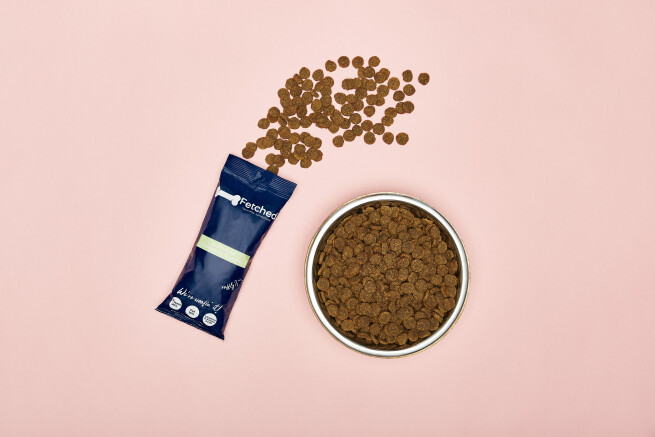Here are 5 essential factors to consider when choosing kibble:
1. Ingredient Order: What's Really Inside?
In Australia, pet food ingredients are listed in order of quantity, from most to least. This is crucial for understanding what your dog is actually eating.
- Look for: Real meat (like kangaroo, lamb, or chicken) listed as the first ingredient, followed by legumes and vegetables.
- Be wary of: Starches, flours, by-products, and artificial colours appearing high on the list. These often indicate a lower nutritional value.
2. Gluten: Is It a Problem?
Many dogs, like humans, can experience digestive issues from gluten.
- Gluten from wheat, barley, or oats can lead to allergies and digestive upset.
- Signs of gluten sensitivity can include:
- Stinky ears
- Chronic ear infections
- Itching or hot spots
- Consider a premium grain-free kibble to avoid potential issues.
3. Bag Size: Freshness Matters
While buying in bulk might seem economical, it compromises the freshness and nutritional benefits.
- Kibble exposed to air and humidity for any period of time, loses its nutritional value and palatability.
- Smaller, pre-portioned bags help maintain freshness and prevent oxidation.
4. Meat Source: Quality Counts
Pay close attention to how meat is listed in the ingredients.
- Avoid vague terms like "by-product" to ensure you’re feeding your pup premium quality.
- Look for clearly identified meat sources (e.g., beef, chicken, lamb) – you want to have meats listed exactly as they are.
- Be suspicious of products that fail to identify the specific source of meat.
5. Ignore the Buzzwords: Focus on Substance
Marketing terms like "artisanal" and "gourmet" can be misleading.
- Don't rely on fancy packaging or buzzwords.
- Look past the packaging and do your due diligence with the ingredient list.
- Understanding the ingredients is the best way to ensure the food is good for your dog.
Choosing the right dog food doesn't have to be a headache. By focusing on these key factors, you can make an informed decision and provide your dog with the nutrition they need.

